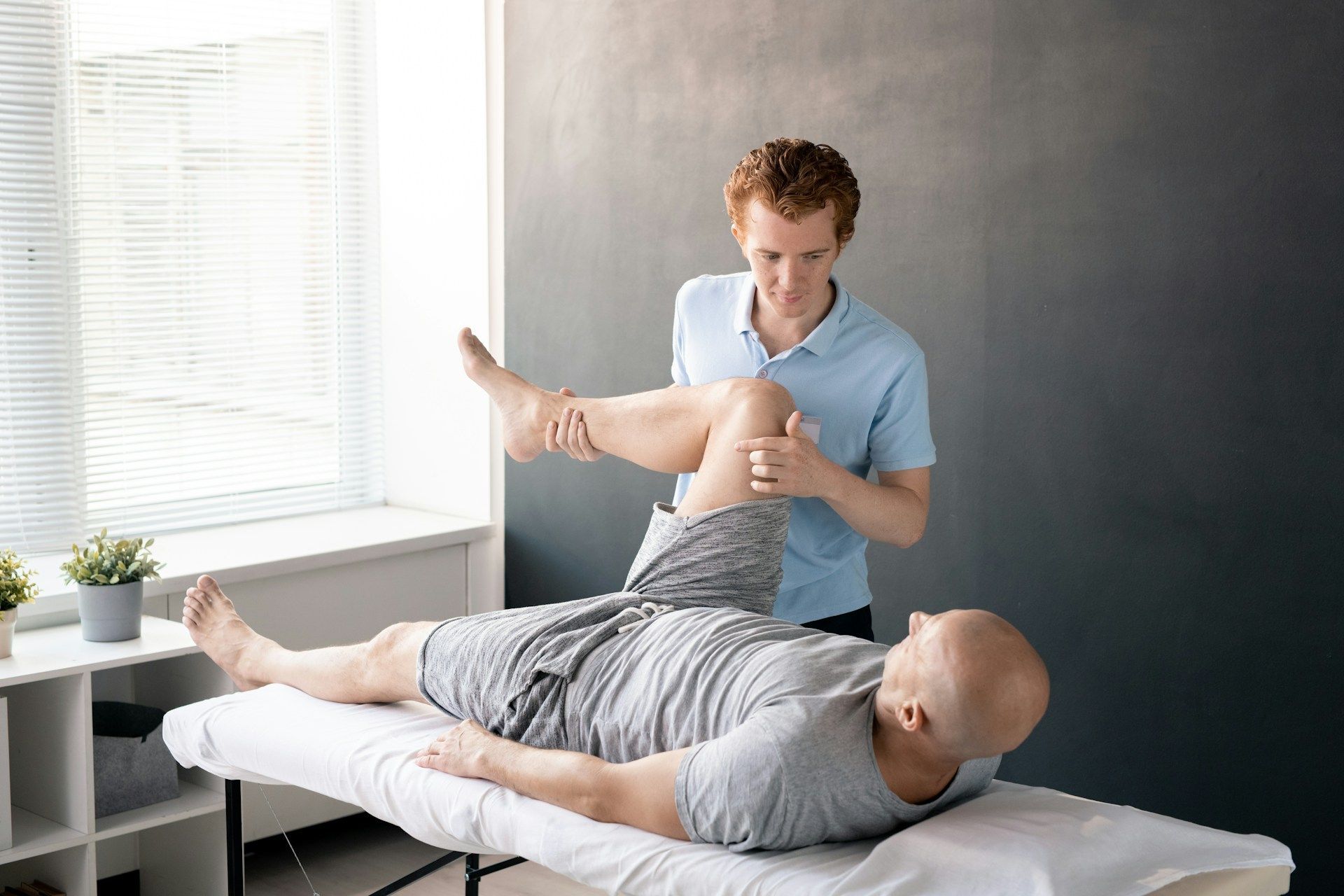Pain That Gets Worse in Winter: Intervention Strategies
Winter is often a time when aches and pains seem to creep up out of nowhere. Many people with chronic conditions notice that their discomfort gets worse during the colder months. Why does this happen? The chilly weather can affect the body's muscles and joints, making them stiffer and more painful. It's clear that when the temperature drops, the body has to work harder to stay warm, and this can lead to increased pain for some individuals.
Luckily, there are ways to tackle this seasonal challenge. By learning about pain management intervention strategies, you can help ease the discomfort that comes with winter. Whether it's through physical activities, adjusting your living environment, or seeking professional help, there are several approaches that can make these colder months a lot more bearable.
Understanding Why Pain Gets Worse in Winter
Why does winter often make pain feel worse? A few scientific explanations help shed light on this issue. As temperatures drop, barometric pressure changes, which might affect the way our joints feel. Cold temperatures can also make muscles tighten up, further increasing discomfort. Add in less physical activity because of staying indoors, and it’s easy to see why pain levels might rise.
Certain health conditions are more sensitive to these changes. For example, arthritis sufferers commonly report more intense joint pain in winter. The same goes for those dealing with fibromyalgia and joint-related problems, where cold weather seems to heighten symptoms. Understanding this connection between winter and increased pain is a first step in figuring out effective ways to manage it.
Keep in mind, there are practical steps you can take to lessen the impact of that winter stiffness:
- Stay Active: Engage in easy exercises to keep your joints and muscles moving.
- Keep Warm: Ensure that your home is heated and dress in layers.
- Stay Hydrated: Even if it’s not hot, your body still needs plenty of water.
- Seek Professional Help: Consult specialists who can provide tailored advice and treatment options.
As you understand these factors, you can better prepare to face the winter months, knowing how your body might respond and what you can do to feel better.
Pain Management Intervention Strategies
When it comes to managing pain in winter, adopting certain strategies can make all the difference. Keeping your indoor environment cozy plays a big role. A consistent room temperature can prevent unnecessary aches by keeping muscles relaxed. This means adjusting your heating system and using warm blankets when needed.
Staying active is another excellent way to combat the increased tension winter can bring. Although it might be tempting to curl up on the couch, gentle exercises done indoors can help maintain flexibility and reduce stiffness. Think of activities such as yoga or stretching, which can be modified to fit any fitness level.
Here's a quick round-up of effective strategies for winter pain management:
- Maintain Warmth: Use a programmable thermostat to keep your home warm.
- Exercise Indoors: Engage in low-impact exercises like yoga to keep muscles active.
- Stay Hydrated: Even in winter, drinking plenty of water is necessary for overall health.
- Seek Professional Support: Consider physical therapy or chiropractic care for tailored pain relief plans.
Warm baths are also beneficial. They provide soothing comfort and help increase circulation, easing the soreness in muscles and joints.
Benefits of Professional Pain Management Interventions
Visiting a pain specialist can provide significant relief and guidance, especially when pain becomes unmanageable. Professionals can offer a variety of treatment options tailored to individual needs. Services like cognitive-behavioral therapy (CBT) can help in understanding pain triggers and managing responses.
Interventional procedures may also be recommended to target specific pain sources. From injections to physical rehabilitation, these methods aim to reduce pain and improve function. Each approach is personalized, ensuring that you receive the most effective care for your condition.
Engaging with professionals allows for ongoing assessment and adjustment of your care strategy, ensuring that you're always on the best path toward relief.
Preparing for Winter: Practical Tips for Managing Pain
Getting ready for the colder months involves a bit of planning and some practical steps. Dressing in layers helps lock in body heat and provides flexibility for indoor and outdoor activities. Also, taking regular check-ups with healthcare providers can catch issues before they become serious problems.
Remember the importance of mental well-being during winter. Reduced social interaction often accompanies colder weather, but staying connected can uplift spirits. Whether it's virtual or in-person, maintaining these social ties is vital.
Consider these tips to prepare effectively:
- Dress Layered: Wear thermal clothing to keep warm.
- Schedule Regular Check-Ups: Keep health assessments up to date to manage pain levels.
- Stay Socially Engaged: Join community groups or stay in touch with family and friends.
Adopting these practices can create a balanced approach to winter that supports both physical health and emotional well-being.
Ready for a Pain-Free Winter?
Facing winter doesn't have to be a struggle. By understanding the unique challenges this season presents and preparing with targeted strategies, you can significantly reduce the impact of increased pain. Taking proactive steps can lead to better days filled with comfort and mobility.
If you're dealing with pain that seems to worsen as the weather gets colder, consider reaching out to healthcare specialists in your area who can provide guidance and recommended interventions for your specific needs.
Embrace the opportunity to tackle winter aches head-on. Learn more about
pain management intervention, designed to ease your discomfort during the colder months. At Apollo Spine and Pain Center, our dedicated team is here to help you stay active and pain-free. Reach out to us and explore how we can support your journey to better living.












